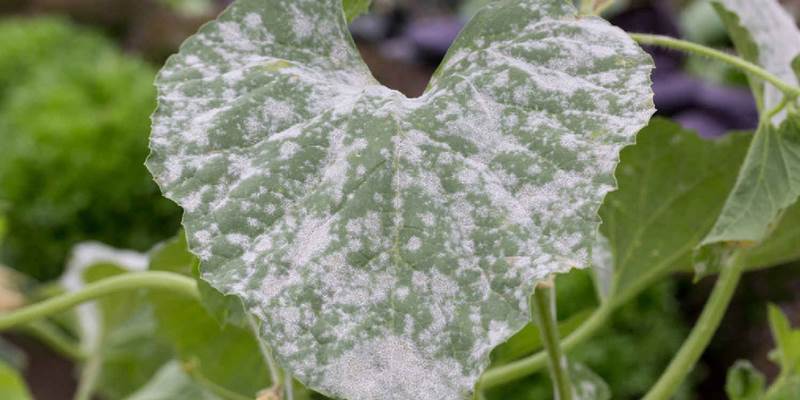Have you ever walked on your lawn and have been shocked to see your vegetation covered with powdered sugar? If you’ve ever skilled this, the chances are that you have simply encountered powdery mould. It can wreak havoc to your garden if left untreated. For that reason, it is important to understand what powdery mold is, what reasons it, learn how to save you it, learn how to treat it, and which plants are most vulnerable.
If you want to grasp extra about these answers, you’re in the best position because I’m going to fill you in. Here’s what you should pay attention to in relation to powdery mildew:
What is Powdery Mildew?
A fungus
Powdery mold is a fungus which seems on the leaves of plants. It isn’t like many funguses because it doesn’t want moisture to thrive on crops.
But as it’s a fungus, it’s made up of spores which fly in the course of the air because of wind and land on other crops, making it extremely contagious.
Powdery mildew can gradual plant enlargement, disturbs the plant’s overall health, and can kill your plants in worst circumstances.
You’ll be able to recognize powdery mould to your crops because it appears to be like as regardless that your plants were dousing with flour or powdered sugar. The leaves of the plant will probably be lined in a white coating which might start as small, white circular spots.
It’s common for powdery mold to assault older leaves at the plant first. If you notice the white coating and leaves starting to glance yellow and dried in appearance, it’s a safe assumption that your plant has powdery mildew.
Also, powdery mildew most often exists in the earlier or later parts of the growing season when temperatures aren’t extraordinarily hot because it thrives in temperatures between 60-80 degrees Fahrenheit.

Quick facts
Common name: Powdery mildews
Scientific name: Various
Plants affected: Many plants
Main symptoms: White, dusty coating on leaves, stems and flowers
Caused by: Fungus
Timing: Spring onwards
Powdery mildew also flourishes in shady places as neatly. Once the fungus takes over the leaves of the plant, it’s common to see it hooked up to the blooms and other spaces of the plant as neatly.
Identification
How to identify powdery mildew damage
- Plants inflamed with powdery mold look as if they have got been dusted with flour.
- Powdery mold usually starts off as round, powdery white spots, which are able to appear on leaves, stems, and infrequently fruit.
- Powdery mildew in most cases covers the upper a part of the leaves, however would possibly grow on the undersides as neatly.
- Young foliage is maximum prone to harm. Leaves turn yellow and dry out.
- The fungus would possibly reason some leaves to twist, spoil, or turn out to be disfigured.
- The white spots of powdery mold will spread to hide lots of the leaves or affected areas.
- The leaves, buds, and growing tips will develop into disfigured as smartly. These signs generally seem overdue within the rising season.
What Causes It?
Any number of issues can cause powdery mildew. Some of these things are:
Shady Locations
There’s a explanation why it’s recommended to plant your garden in complete sun. Not simplest does it give your crops the vital sunlight they wish to grow properly, but it surely additionally helps give protection to them from positive diseases.
Sunlight will stay your crops drier and create less of a possibility for powdery mildew to shape. If you might have plants which should be planted in shady places, be hyper-aware of powdery mold.
The previous you treat the illness, the simpler probability your crops have for thriving.
Improper Air Flow
When air can’t flow into in the course of the plants, it creates a breeding floor for powdery mold. It’s necessary to verify air can travel between plants and thru every plant.
Air drift will allow water to dry quicker after watering. You need this to happen to make sure mold doesn’t have a place to form and breed.
Water and Humidity
Finally, powdery mildew loves top temperatures and prime humidity. Greenhouse crops might be extra prone to powdery mold, more so than indoor plants, or vegetation rising open air on account of the increase in moisture in a greenhouse.
Which is why proper watering tactics and ok air drift can lend a hand to stay powdery mildew in check prior to it takes over your garden.


